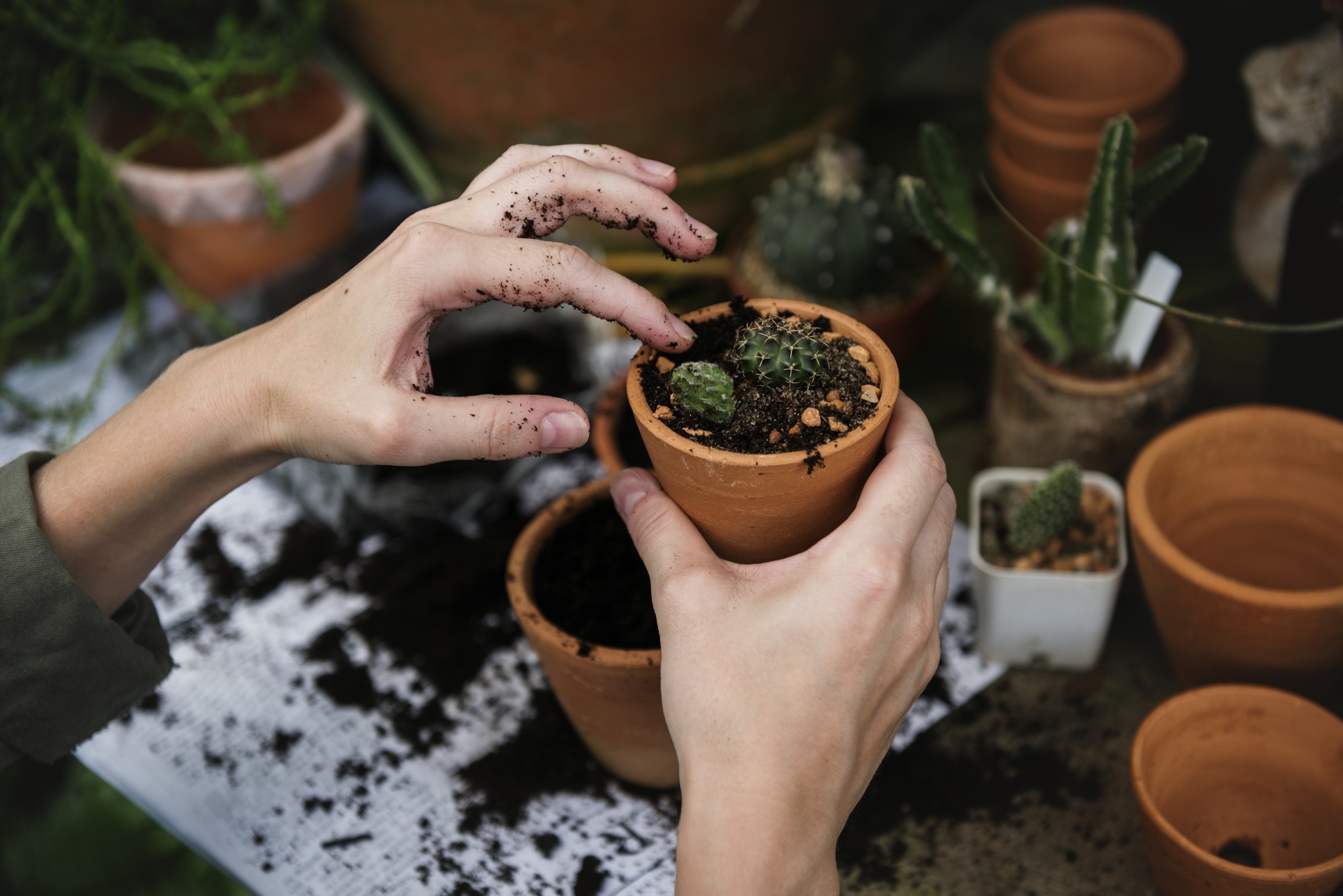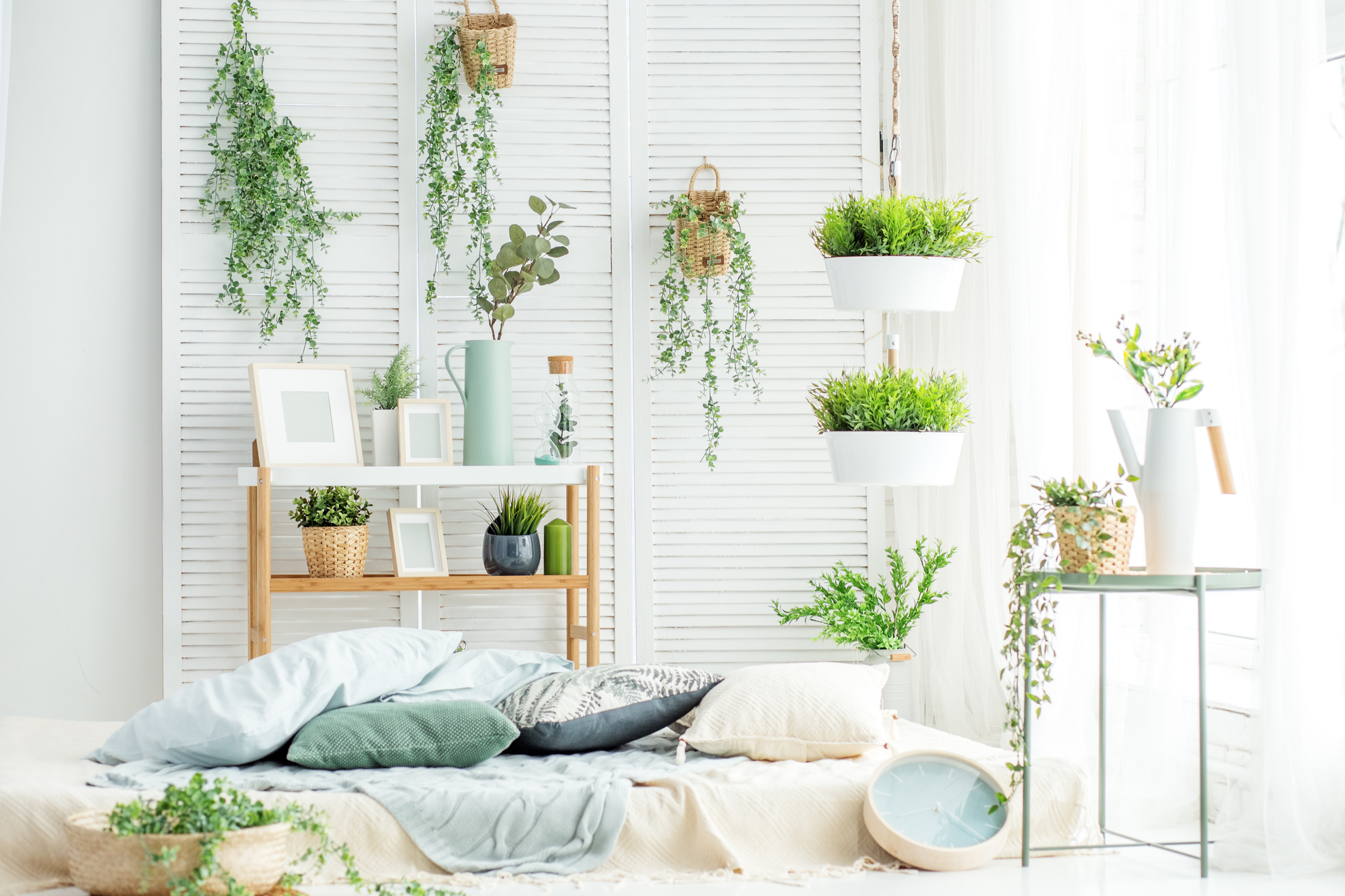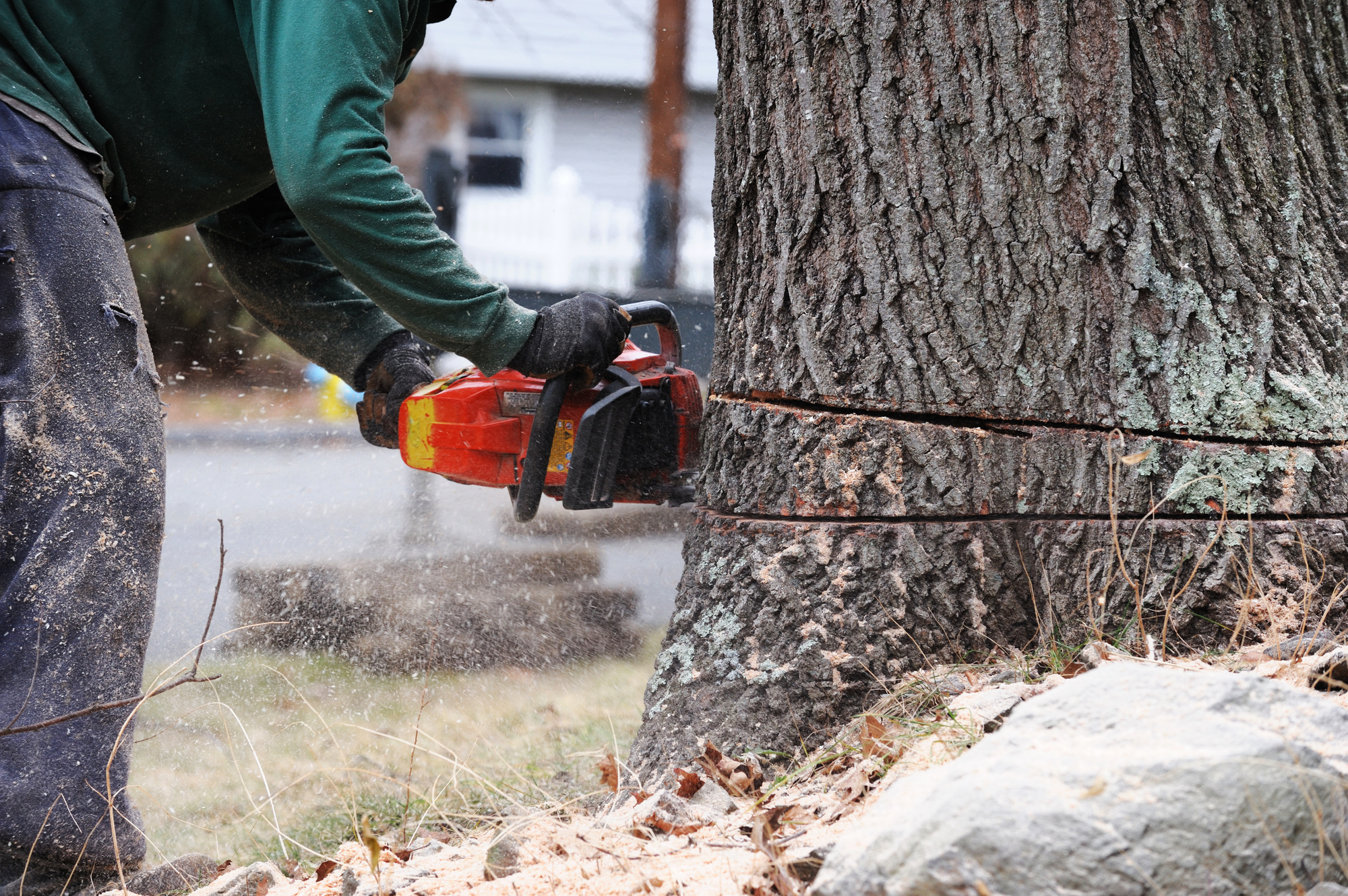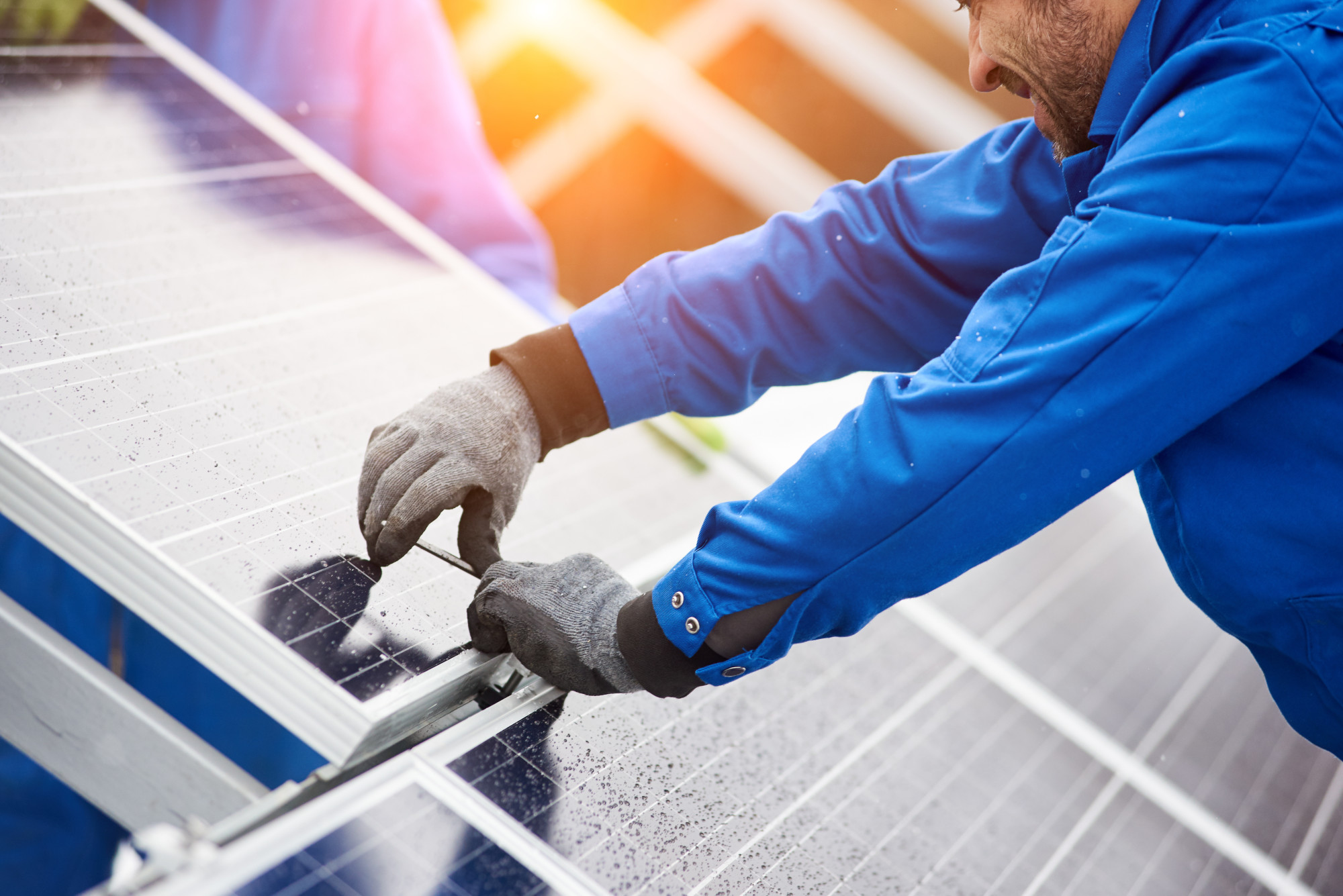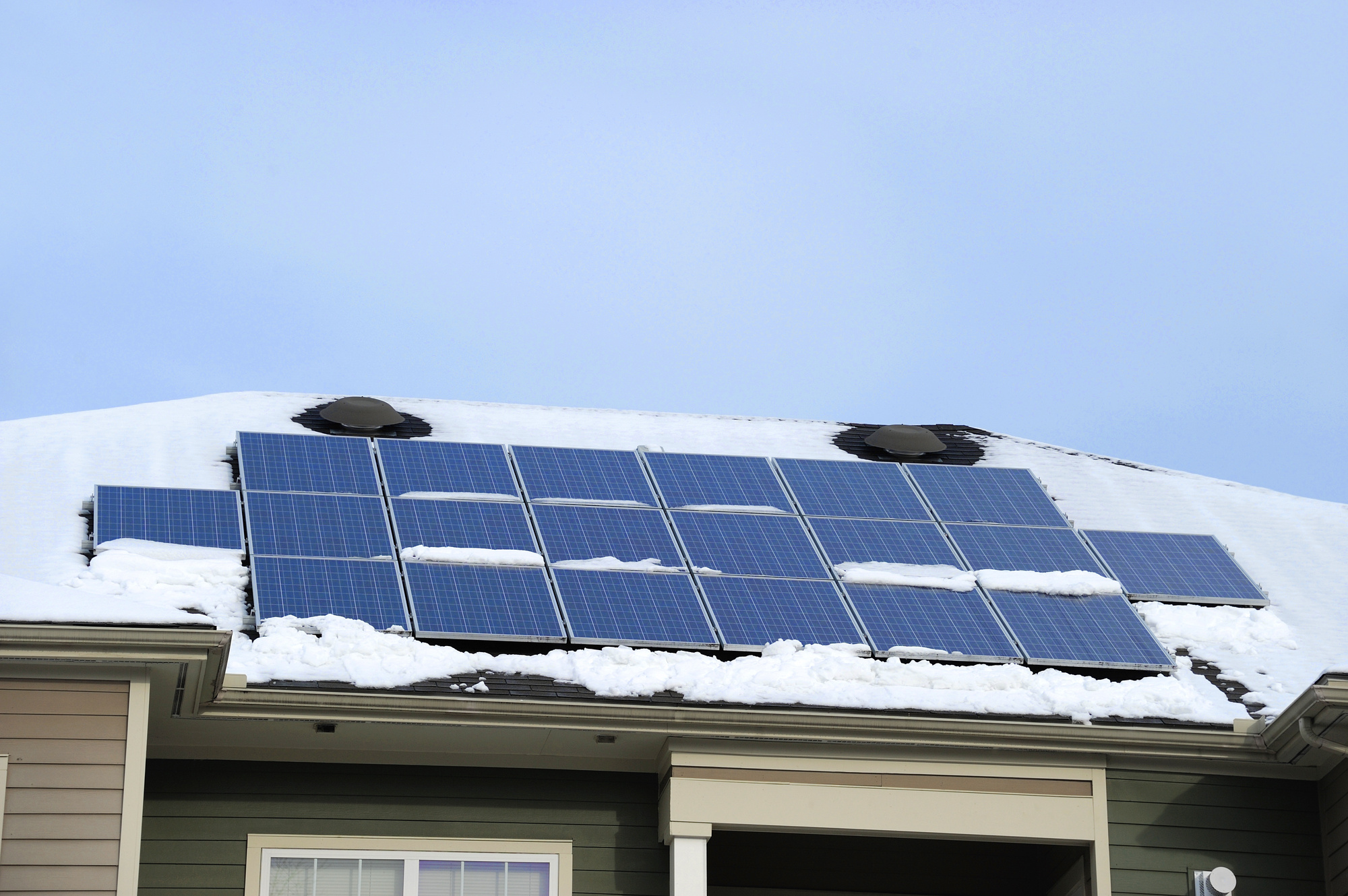Did you know that the carbon footprint of the average American is 20 metric tons?
If that figure makes you shudder, you might be wondering how you can lower your own carbon footprint. Some lifestyle changes are harder to make than others—not everyone lives in an environment where they can swap out their car for a bike.
However, one way that most people can reduce their carbon footprint is by starting a sustainable garden.
Creating a sustainable garden isn’t much more difficult than starting any other garden, and it has a multitude of benefits for both the gardener and the environment!
For 10 ways you can incorporate sustainable gardening into your own backyard, check out our guide below!
1. Composting: The Foundation of Sustainable Gardening
One of the most basic ways that you can create a sustainable garden is by including a compost area.
Whether you choose to have a compost bin or simply a plot for a pile, composting is a great way to encourage the growth of healthy bacteria in your garden and eliminate the need for chemical fertilizers.
Composting is easier than you may think. Instead of throwing out grass clippings and your fruit and vegetable waste, simply set them aside and toss them in your compost bin or pile.
2. Natural Pest Control
When it comes to sustainable gardening, you’ll want to eliminate as many toxic chemicals as possible.
It’s easy to reach for harsh chemicals when you have a weed problem or a pest outbreak, but these often end up damaging your plants and can hurt beneficial bugs and other wildlife.
Many sustainable pest control formulas can be made at home.
For example, gardeners can make a garlic pepper tea spray in their kitchen to combat harmful insects. Soap sprays are also gentle enough to use in your garden but still take care of pests.
3. Change Your Mowing Methods
A gas-powered lawnmower is a culprit when it comes to air pollution.
To increase sustainability in your garden, choose an electric lawnmower. Even better, use a manual lawnmower.
Manual lawnmowers work best if you maintain your garden well. Manual mowers are not good at chopping down long grass, but frequently mowing will lessen the burden of weeds and overgrown areas anyway—it’s a win-win!
Push mowers are also much more inexpensive than gas-powered mowers, and you won’t have to pay for gas refills in the future.
4. Mulching
It’s important to note that if you mulch your garden, it’s only sustainable if you choose a biodegradable material.
Mulching lowers the number of weeds that will sprout in your garden, which means more of the soil’s nutrients are going towards your plants.
Mulching also helps to retain the moisture in the ground, which means you won’t have to water your garden as often. Mulch helps regulate the temperature of the soil, too, protecting your plants from frost in the winter and preventing them from overheating in the summer.
Mulching can be overdone, and different mulches are better for some areas than others. If you’re new to mulching, it’s best to consult an expert before you move forward with mulching your garden.
5. Save a Trip to the Grocery Store: Grow Your Own Food
Growing your own organic food is a great way to learn more about the plants you’re tending to while also making your garden more sustainable.
Growing your own fruits and veggies saves you a trip to the grocery store as well.
By not buying produce at the grocery store, you’re eliminating the resources it’d take for that food to travel from its source to your table.
6. Plant Native
When choosing plants, make sure you are choosing varieties that are native to the area.
Invasive plant species can hurt the ecosystems they’re invading, and natural species will suffer at their hands.
It’s also wise to opt more towards perennial native species, as you won’t have to constantly be pulling up annuals and replanting them each season. This will cut down on the resources you’re using in your garden. Plus, perennials will become heartier with each passing season.
7. Collect Water
Saving water while keeping your garden well-hydrated is always a concern when it comes to sustainable gardening.
One way to make sure you’re able to adequately water your plants without using an excess of tap water is by harvesting water.
Setting out buckets to collect rainwater is an easy way to do this. If you have the room, place containers in your bathtub to catch excess water during showers. This water can then be saved and used when you need to water your garden before you reach for a hose.
8. Plant Trees
The more trees in the environment, the better, right?
Trees reduce the amount of carbon in the atmosphere, and they are a great way to protect the other plants in your garden.
Trees provide shade for sun-resistant plants in the summer, and they help to let in sunlight in the winter. They can also be planted strategically to cool off your home in the summer months.
9. Harvest from Your Existing Plants
Continuously buying new plants every year will eventually take a toll on your wallet, and it’s less sustainable than harvest from your preexisting plants.
If you have a flourishing garden, it’s much easier to collect seeds and cuttings from your garden to use for the next season.
Pruning is a must for any gardener anyway, so you might as well cut strategically and save some of the cuttings and continue to grow them. Seeds can be harvested from a variety of plants and cultivated from the ground up as well.
10. Repurposing
Buying containers and garden props can be an expensive task.
One way to avoid this is by repurposing things you already have at home. Many people use toilet paper rolls and empty milk jugs as planters for seedlings.
Damaged kitchenware, like bowls or mugs, can be used as pots for larger plants. Wheelbarrows that no longer function well can be used as large planter beds, and they will fit right in with a rustic garden aesthetic.
The Journey to Sustainability
It’s not always possible to create a 100% sustainable garden overnight.
If this is your situation, map out a gameplan and work your way towards a more and more sustainable garden.
This might mean starting out by growing your own produce while using a hose for most of your watering. Eventually, you can begin harvesting water and using it to hydrate your garden! Sustainable gardening is a goal that every gardener should work towards.
For more articles on gardening and sustainability, check out the rest of our website!

